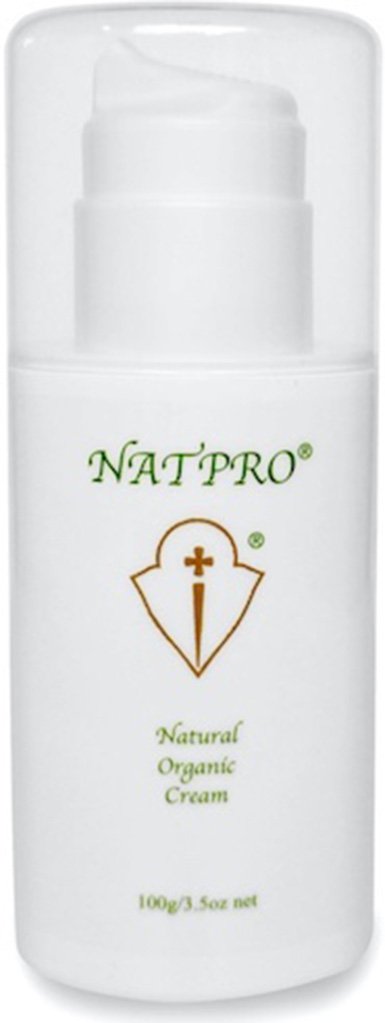Progesterone levels
Progesterone levels should be optimised to maintain good health. Levels vary considerably in women, rarely in men.
Progesterone plays a major role in the body...
- It is not exclusively a female hormone
- It is not a sex hormone, it plays no part in the secondary sexual characteristics which develop at puberty
- It is the precursor to the two sex hormones oestrogen and testosterone
- It is secreted primarily by the ovaries in females and the testes in men
- Smaller amounts are produced by the adrenal glands, the brain and glial cells
- There are no great quantitative differences between men and women, at least outside the luteal phase
It's in this last or luteal phase of the monthly cycle in women, that progesterone levels rise considerably above that found in the first half or follicular phase. Rising from less than 1ng/mL to 20-40ng/mL (serum levels). Saliva levels are much higher, see 'The Paradox' ZRT Labs below.
If a test is performed for a woman, it should always be done when progesterone peaks mid-luteal phase. This always occurs plus or minus 7 days after ovulation or before bleeding in all women. The rest of the month it's low, or rising in the early luteal or falling in the late luteal, so it's pointless taking a test at any other time.
The timing of the test is immaterial for a man.
When a test for progesterone levels is performed it is essential to realise two things...
- what unit of measurement was used... SI or conventional? The two cannot be compared unless a conversion is made
- was it a serum test or saliva test? These also cannot be compared
Women using supplemental progesterone, particularly topical, are often told that their progesterone levels are far too high. This is usually the case if a saliva test has been taken.
However this is no cause for alarm. The main concern is whether or not all symptoms of oestrogen excess have gone. If so, then the amount of progesterone used can be reduced until the optimum is found.
It is the fluctuating progesterone levels, together with the rise and fall of oestrogen, that result in changes of mood, sleep patterns, cravings/appetite, PMS etc.
It is the ratio between these two hormones which causes problems. If there is too much oestrogen in relation to progesterone then all hell can break loose!
To find the ratio divide the progesterone result by the oestrogen result. But make sure the unit of measurement is the same. Often progesterone is measured in ng/ml and oestrogen in pg/ml. If this is the case divide the oestrogen result by 1000 to convert it to ng.
The range given by most labs is 10-100 progesterone to 1 oestrogen. But to feel really well the ratio should be 600:1 and over.
Oestrogen is an excitatory hormone, causing cells to divide and multiply, including fat cells. It's implicated in inflammation, cancer, endometriosis, fibroids, PMS, migraines/headaches, cravings, incontinence, generalised aches and pains, flaking nails, water retention, weight gain and more. Please see the Oestrogen Dominance, HRT and Contraceptives pages for more info.
Progesterone, on the other hand, is a calming, anti-inflammatory hormone, reversing or preventing the above symptoms.
There are now over 100 oestrogen mimics found on earth, in our food, air, water, plastics, skin care, particularly sunscreens, to name a few. All these have a bearing on our health and how we feel, men are not exempt either. For more info please see the websites Our Stolen Future and Skin Deep.
It is now more important than ever to make sure the balance between these two hormones is correct.
Here is an important article on Saliva Hormone Testing by Dr David Zava.
The Progesterone levels paradox...
Salivary hormone levels are often higher than serum levels
when hormones are delivered topically
One of the most perplexing issues surrounding saliva testing is the odd phenomenon that topically delivered steroids cause a dramatic increase in salivary hormones without a concomitant increase in serum levels.
For example, 30 mg topical progesterone supplementation results in an average rise in salivary levels from about 50 pg/ml (0.05 ng/ml) to 500 to 3000 pg/ml (0.5 to 3 ng/ml), a 10 to 60-fold increase.
This increase is proportionally even greater when progesterone is supplemented at 100 to 200 mg per day, a common topical dose used by many doctors, resulting in salivary progesterone levels rising to as high as 10,000 to 100,000 pg/ml (10-100 ng/ml).
Under the same conditions, serum progesterone levels only increase about 4-fold, from about 0.5 to 2-3 ng/ml. The same disproportionate increase in salivary hormone levels is seen with topical delivery of all the other steroid hormones (eg. estradiol, testosterone, DHEA, etc.). ZRT Saliva test kits
Depending on the severity of the symptoms, women should use between 100-200mg/day, men should use between 10-100mg/day. For more information on progesterone levels see: 'How to use progesterone'. If in Peri-menopause, please read through this page. And if in Menopause, through this page.
Before using progesterone it's essential to read the page on Oestrogen Dominance first.
You'll find below a link to an an excellent website for converting Conventional units into SI units, which is the internationally recognised system of measurement.
"All systems of weights and measures, metric and non-metric, are linked through a network of international agreements supporting the International System of Units. The International System is called the SI, using the first two initials of its French name Systme International d'Units. The key agreement is the Treaty of the Meter (Convention du Mtre), signed in Paris on May 20, 1875. 48 nations have now signed this treaty, including all the major industrialized countries. The United States is a charter member of this metric club, having signed the original document back in 1875."
SI Units for Clinical Data The following table provides factors for converting conventional units to SI units for selected clinical data.
Conversion...
- to convert from the conventional unit to the SI unit, multiply by the conversion factor
- to convert from the SI unit to the conventional unit, divide by the conversion factor
|
Component Progesterone Estradiol Estriol Estrone Testosterone |
Conventional Unit ng/mL pg/mL ng/mL ng/dL ng/dL |
Conversion Factor 3.18 3.671 3.467 37 0.0347 |
SI Unit nmol/L pmol/L nmol/L pmoI/L nmol/L |
For some specifics on low progesterone levels click here.

